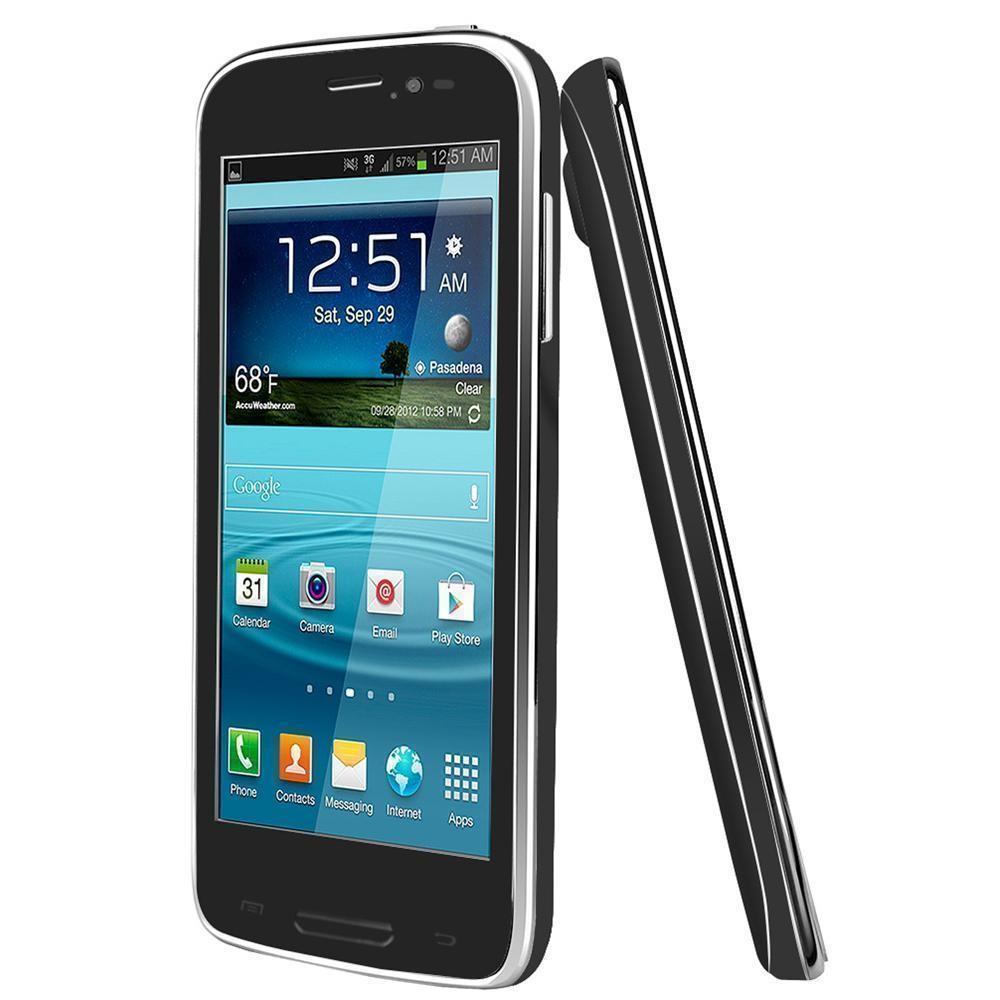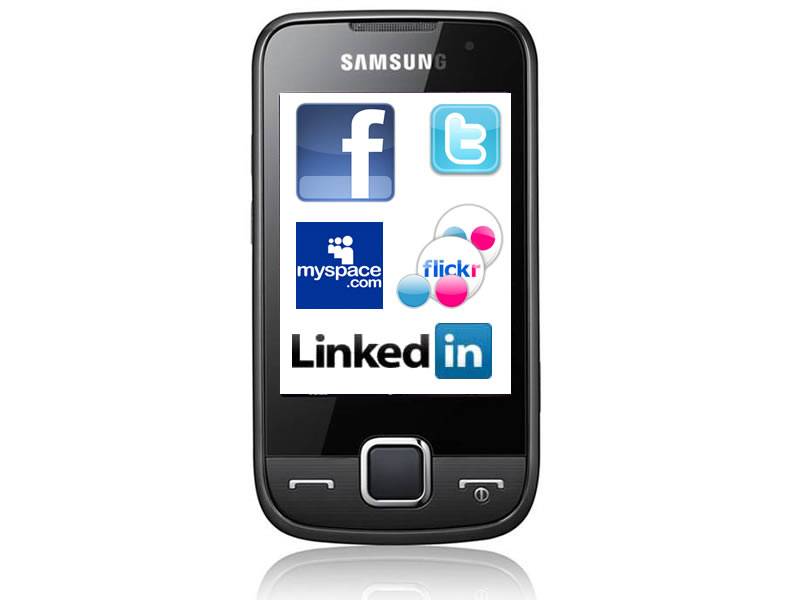| Source:- Google.com.pk |
A mobile phone (also known as a cellular phone, cell phone, hand phone, or simply a phone) is a phone that can make and receivetelephone calls over a radio link while moving around a wide geographic area. It does so by connecting to a cellular network provided by amobile phone operator, allowing access to the public telephone network. By contrast, a cordless telephone is used only within the short range of a single, private base station.
In addition to telephony, modern mobile phones also support a wide variety of other services such as text messaging, MMS, email, Internet access, short-range wireless communications (infrared, Bluetooth), business applications, gaming, and photography. Mobile phones that offer these and more general computing capabilities are referred to as smartphones.
The first hand-held cell phone was demonstrated by John F. Mitchell[1][2] and Dr. Martin Cooper of Motorola in 1973, using a handset weighing around 4.4 pounds (2 kg).[3] In 1983, the DynaTAC 8000x was the first to be commercially available. From 1983 to 2014, worldwide mobile phone subscriptions grew from zero to over 7 billion, penetrating 100% of the global population and reaching the bottom of the economic pyramid.[4] In 2014, the top cell phone manufacturers were Samsung, Nokia, Apple, and LG
A hand-held mobile radiotelephone is an old dream of radio engineering. One of the earliest descriptions can be found in the 1948 science fiction novel Space Cadet by Robert Heinlein. The protagonist, who has just traveled to Colorado from his home in Iowa, receives a call from his father on a telephone in his pocket. Before leaving for earth orbit, he decides to ship the telephone home "since it was limited by its short range to the neighborhood of an earth-side [i.e. terrestrial] relay office." Ten years later, an essay by Arthur C. Clarke envisioned a "personal transceiver, so small and compact that every man carries one." Clarke wrote: "the time will come when we will be able to call a person anywhere on Earth merely by dialing a number." Such a device would also, in Clarke's vision, include means for global positioning so that "no one need ever again be lost." Later, in Profiles of the Future, he predicted the advent of such a device taking place in the mid-1980s.[6]
Early predecessors of cellular phones included analog radio communications from ships and trains. The race to create truly portable telephone devices began after World War II, with developments taking place in many countries. The advances in mobile telephony have been traced in successive generations from the early "0G" (zeroth generation) services like the Bell System's Mobile Telephone Service and its successor, Improved Mobile Telephone Service. These "0G" systems were not cellular, supported few simultaneous calls, and were very expensive.
The first handheld mobile cell phone was demonstrated by Motorola in 1973. The first commercial automated cellular network was launched in Japan by NTT in 1979. In 1981, this was followed by the simultaneous launch of the Nordic Mobile Telephone (NMT) system in Denmark, Finland, Norway and Sweden.[7] Several other countries then followed in the early to mid-1980s. These first generatiion ("1G") systems could support far more simultaneous calls, but still used analog technology.
In 1991, the second generation (2G) digital cellular technology was launched in Finland by Radiolinja on the GSM standard, which sparked competition in the sector, as the new operators challenged the incumbent 1G network operators.
Ten years later, in 2001, the third generation (3G) was launched in Japan by NTT DoCoMo on the WCDMA standard.[8] This was followed by 3.5G, 3G+ or turbo 3G enhancements based on the high-speed packet access (HSPA) family, allowing UMTS networks to have higher data transfer speeds and capacity.
By 2009, it had become clear that, at some point, 3G networks would be overwhelmed by the growth of bandwidth-intensive applications like streaming media.[9] Consequently, the industry began looking to data-optimized 4th-generation technologies, with the promise of speed improvements up to 10-fold over existing 3G technologies. The first two commercially available technologies billed as 4G were the WiMAX standard (offered in the U.S. by Sprint) and the LTE standard, first offered in Scandinavia by TeliaSonera.
Features
Main article: Mobile phone features
See also: Smartphone
All mobile phones have a number of features in common, but manufacturers also try to differentiate their own products by implementing additional functions to make them more attractive to consumers. This has led to great innovation in mobile phone development over the past 20 years.
The common components found on all phones are:
A battery, providing the power source for the phone functions.
An input mechanism to allow the user to interact with the phone. The most common input mechanism is a keypad, but touch screens are also found in most smartphones.
A screen which echoes the user's typing, displays text messages, contacts and more.
Basic mobile phone services to allow users to make calls and send text messages.
All GSM phones use a SIM card to allow an account to be swapped among devices. Some CDMA devices also have a similar card called a R-UIM.
Individual GSM, WCDMA, iDEN and some satellite phone devices are uniquely identified by an International Mobile Equipment Identity (IMEI) number.
Low-end mobile phones are often referred to as feature phones, and offer basic telephony. Handsets with more advanced computing ability through the use of native software applications became known as smartphones.
Several phone series have been introduced to address a given market segment, such as the RIM BlackBerry focusing on enterprise/corporate customer email needs; the Sony-Ericsson 'Walkman' series of music/phones and 'Cybershot' series of camera/phones; the Nokia Nseries of multimedia phones, the Palm Pre the HTC Dream and the AppleiPhone.
Free Mobile Wallpapers Download Wallpaper Download For Mobile Free Hd for Mobile Free Image Search for Pc Love Hd 3d free For Mobile
Free Mobile Wallpapers Download Wallpaper Download For Mobile Free Hd for Mobile Free Image Search for Pc Love Hd 3d free For Mobile
Free Mobile Wallpapers Download Wallpaper Download For Mobile Free Hd for Mobile Free Image Search for Pc Love Hd 3d free For Mobile
Free Mobile Wallpapers Download Wallpaper Download For Mobile Free Hd for Mobile Free Image Search for Pc Love Hd 3d free For Mobile
Free Mobile Wallpapers Download Wallpaper Download For Mobile Free Hd for Mobile Free Image Search for Pc Love Hd 3d free For Mobile
Free Mobile Wallpapers Download Wallpaper Download For Mobile Free Hd for Mobile Free Image Search for Pc Love Hd 3d free For Mobile
Free Mobile Wallpapers Download Wallpaper Download For Mobile Free Hd for Mobile Free Image Search for Pc Love Hd 3d free For Mobile
Free Mobile Wallpapers Download Wallpaper Download For Mobile Free Hd for Mobile Free Image Search for Pc Love Hd 3d free For Mobile
Free Mobile Wallpapers Download Wallpaper Download For Mobile Free Hd for Mobile Free Image Search for Pc Love Hd 3d free For Mobile
Free Mobile Wallpapers Download Wallpaper Download For Mobile Free Hd for Mobile Free Image Search for Pc Love Hd 3d free For Mobile
Free Mobile Wallpapers Download Wallpaper Download For Mobile Free Hd for Mobile Free Image Search for Pc Love Hd 3d free For Mobile
v










No comments:
Post a Comment